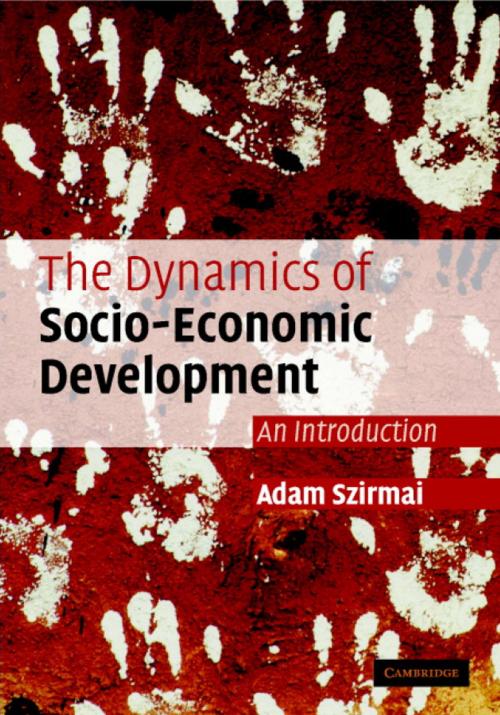The Dynamics of Socio-Economic Development
An Introduction
Business & Finance, Economics, Economic Development, Nonfiction, Social & Cultural Studies, Social Science| Author: | Adam Szirmai | ISBN: | 9781107713611 |
| Publisher: | Cambridge University Press | Publication: | January 20, 2005 |
| Imprint: | Cambridge University Press | Language: | English |
| Author: | Adam Szirmai |
| ISBN: | 9781107713611 |
| Publisher: | Cambridge University Press |
| Publication: | January 20, 2005 |
| Imprint: | Cambridge University Press |
| Language: | English |
Why are poor countries poor and rich countries rich? How are wealth and poverty related to changes in nutrition, health, life expectancy, education, population growth and politics? This modern, non-technical 2005 introduction to development studies explores the dynamics of socio-economic development and stagnation in developing countries. Taking a quantitative and comparative approach to contemporary debates within their broader context, Szirmai examines historical, institutional, demographic, sociological, political and cultural factors. Key chapters focus on economic growth, technological change, industrialisation, agricultural development, and consider social dimensions such as population growth, health and education. Each chapter contains comparative statistics on trends from a sample of twenty-nine developing countries. This rich statistical database allows students to strengthen their understanding of comparative development experiences. Assuming no prior knowledge of economics the book is suited for use in inter-disciplinary development studies programmes as well as economics courses, and will also interest practitioners pursuing careers in developing countries.
Why are poor countries poor and rich countries rich? How are wealth and poverty related to changes in nutrition, health, life expectancy, education, population growth and politics? This modern, non-technical 2005 introduction to development studies explores the dynamics of socio-economic development and stagnation in developing countries. Taking a quantitative and comparative approach to contemporary debates within their broader context, Szirmai examines historical, institutional, demographic, sociological, political and cultural factors. Key chapters focus on economic growth, technological change, industrialisation, agricultural development, and consider social dimensions such as population growth, health and education. Each chapter contains comparative statistics on trends from a sample of twenty-nine developing countries. This rich statistical database allows students to strengthen their understanding of comparative development experiences. Assuming no prior knowledge of economics the book is suited for use in inter-disciplinary development studies programmes as well as economics courses, and will also interest practitioners pursuing careers in developing countries.















